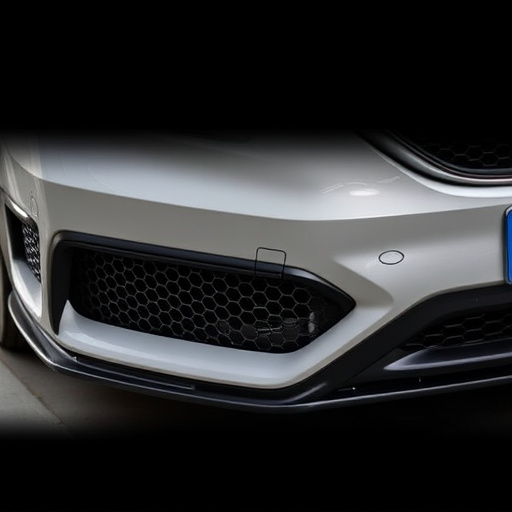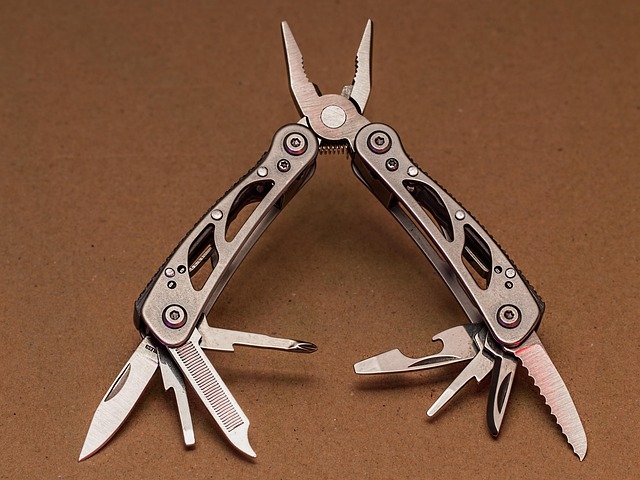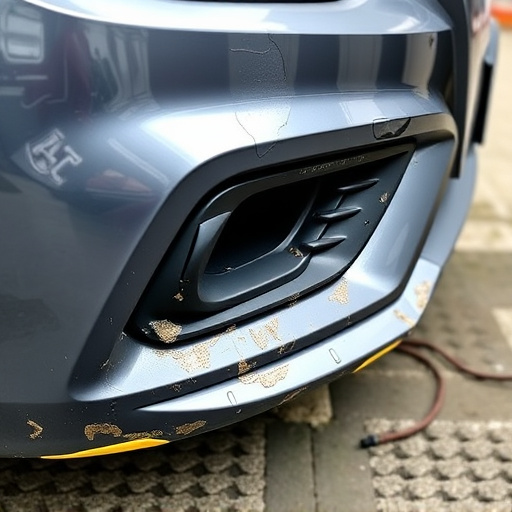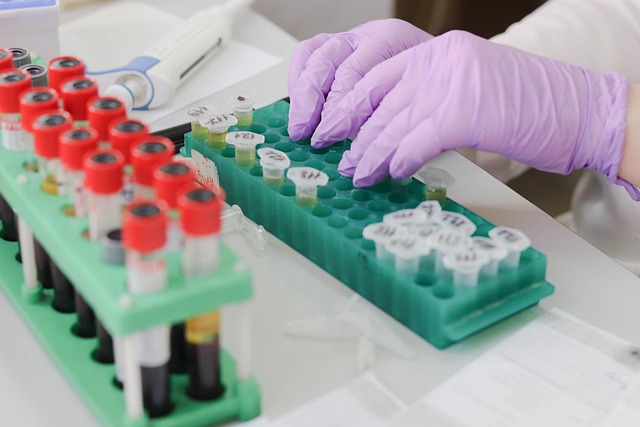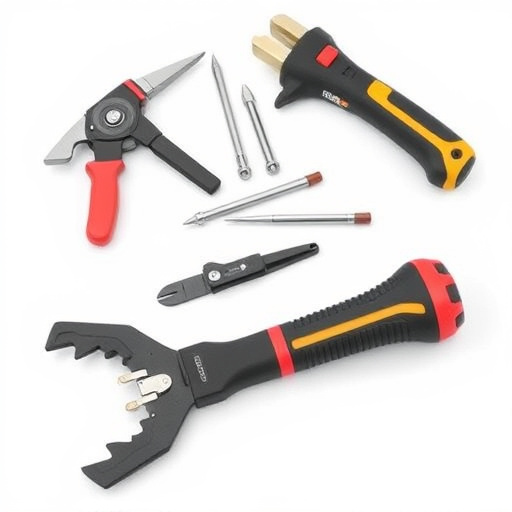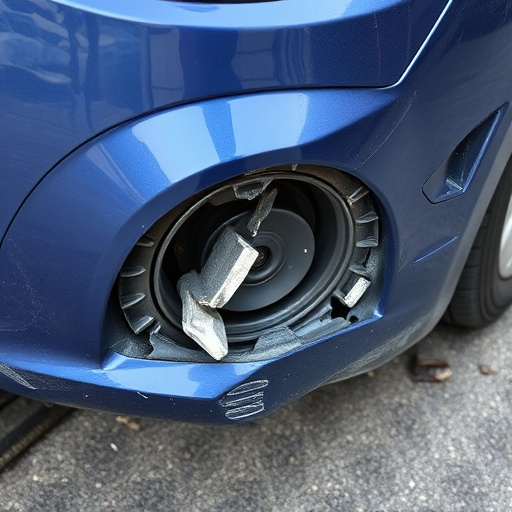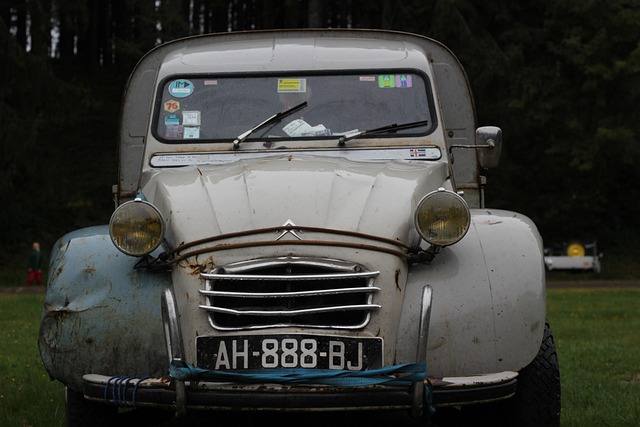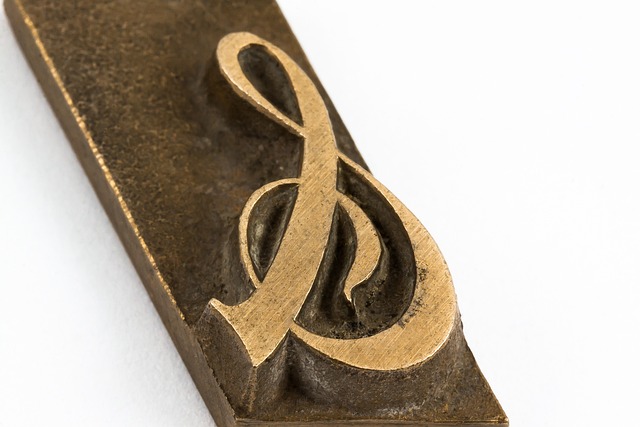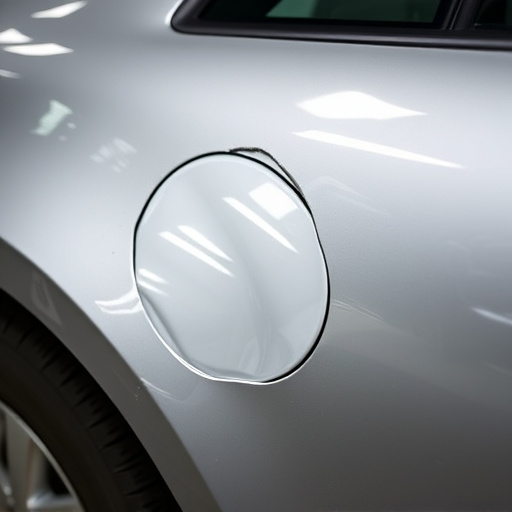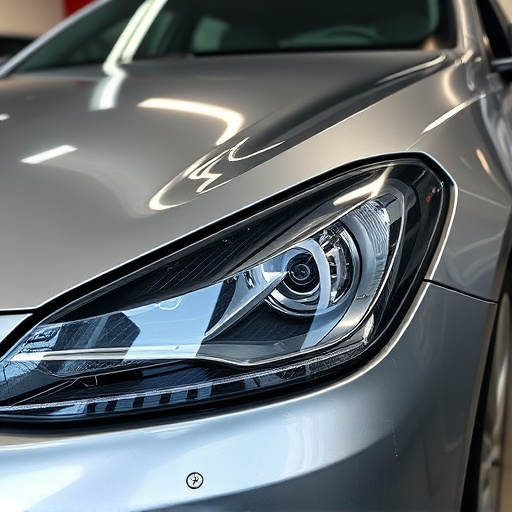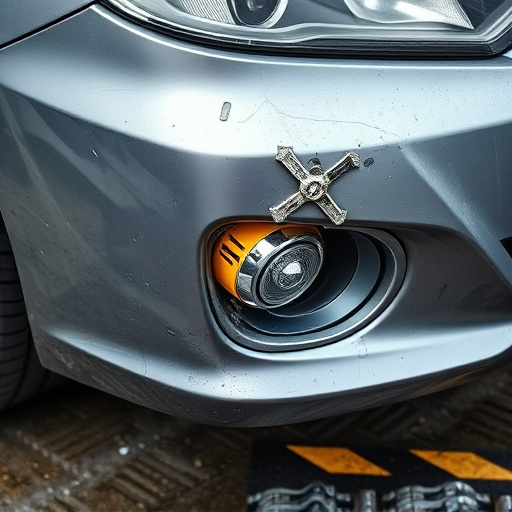Custom graphics collision repair involves substantial costs driven by materials and labor. High-quality paints, specialized tools, and custom molds for intricate designs significantly impact pricing, alongside skilled technicians needed for accurate application. Understanding material and labor expenses is key to financial planning in this specialized service, where quality materials ensure durable, protective finishes while driving up costs.
In the realm of automotive restoration, custom graphics collision repair stands out for its artistic flair and precise craftsmanship. This in-depth article delves into the intricate financial considerations behind such projects. We explore material costs, from paints and primers with varying quality and price points to their impact on overall expenses. Furthermore, we analyze labor and time investments, breaking down rates by stage, factoring in design complexity, vehicle size, and the expertise of technicians. Additionally, overhead costs, software licenses, and payment structures are scrutinized, providing a comprehensive guide to understanding the financial landscape of custom graphics collision repair.
- Material Costs: A Comprehensive Look
- – Overview of materials used in custom graphics collision repair
- – Types of paints, primers, and other supplies with varying price points
Material Costs: A Comprehensive Look
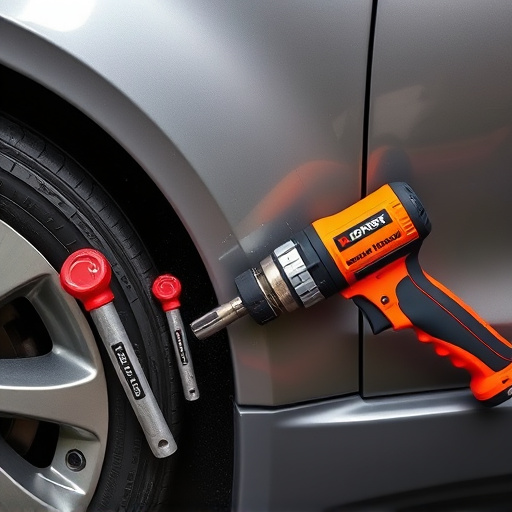
In the realm of custom graphics collision repair, material costs form a significant portion of the overall project expenditure. This includes not just the primary materials required for vehicle dent repair or car damage repair but also ancillary components essential for achieving intricate designs. For instance, in addition to traditional body shop services, specialists may need to invest in high-quality paints, specialized tools, and even custom-made molds to ensure the accuracy of the final graphic. The variety and complexity of these materials can drastically impact the overall pricing structure for collision repair projects that involve custom graphics.
Moreover, the cost of raw materials is not the only factor; labor costs also play a crucial role in determining the material expenses. Skilled technicians with expertise in vehicle dent repair and body shop services are often required to apply custom graphics accurately. The level of detail and precision demanded in such projects naturally translates into higher labor costs, which, in turn, influence the final price tag for the customer. Therefore, when considering the financial aspects of custom graphics collision repair, it’s essential to have a comprehensive view of these material and labor-related expenses.
– Overview of materials used in custom graphics collision repair
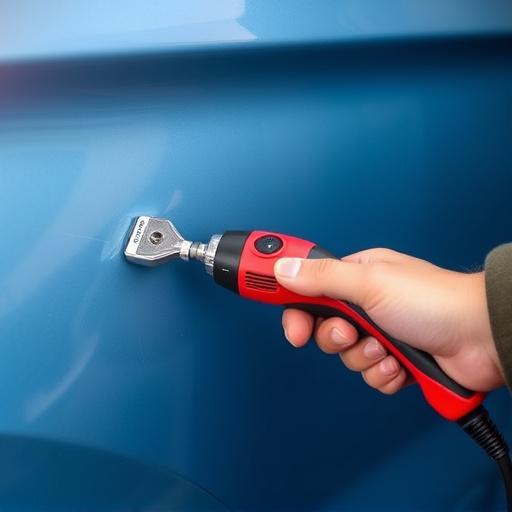
The materials used in custom graphics collision repair are a critical component of the overall project cost. This specialized form of auto body repair involves applying intricate designs and colors to vehicles, demanding a range of specific materials. For instance, automotive body shops will require high-quality paints, primers, and clear coats that match the vehicle’s original finish or the desired custom color. Additionally, precision tools like airbrushes, stencils, and specialized applicators are essential for achieving precise, detailed graphics.
Beyond paint and tools, tire services and related accessories play a significant role in the materials budget. Depending on the repair scope, new tires or wheel covers might be needed to complement the vehicle’s restored appearance. Furthermore, automotive body shops may invest in advanced equipment like digital printing presses or cutting machines to produce custom graphics, significantly impacting the overall cost of collision repair projects that emphasize visual customization.
– Types of paints, primers, and other supplies with varying price points
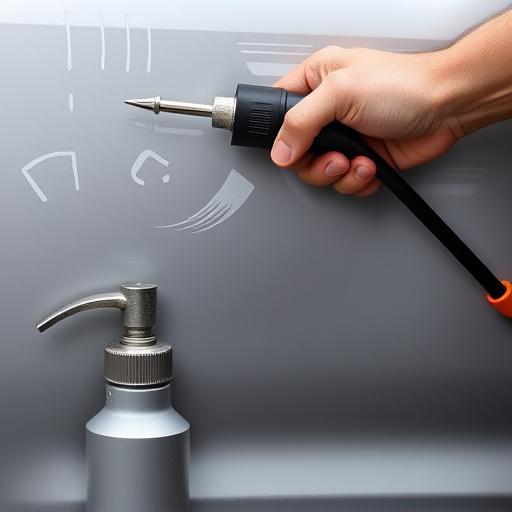
When it comes to custom graphics collision repair projects, the choice of materials significantly impacts the overall cost. Paints, primers, and other supplies vary widely in price, each offering unique properties and quality levels. High-end automotive paints, for instance, are more durable and offer a wider range of colors, but they come at a premium compared to standard or DIY options. Similarly, specialized primers designed for specific surface types or paint applications can dramatically affect the price tag.
In the realm of custom graphics collision repair, the decision extends beyond mere aesthetics. Factors like the complexity of the design, the type of vehicle, and the desired level of longevity also influence material choices. For example, while a simple graphic overlay might use off-the-shelf products, intricate airbrushed designs or specialized repairs like paintless dent repair (PDR) may require industry-specific, premium materials, adding to the overall cost. Remember that in car restoration projects, especially those involving custom graphics, investing in quality supplies can pay dividends in long-lasting results and protection for your vehicle’s finish.
In conclusion, understanding the cost factors behind custom graphics collision repair projects is essential for accurately estimating and managing expenses. By considering the diverse material costs associated with each stage of the process—from specialized paints and primers to various tools and application techniques—collections professionals can make informed decisions. This knowledge ensures that every element of a custom graphics collision repair project is budgeted appropriately, ultimately delivering high-quality outcomes without exceeding financial expectations.
